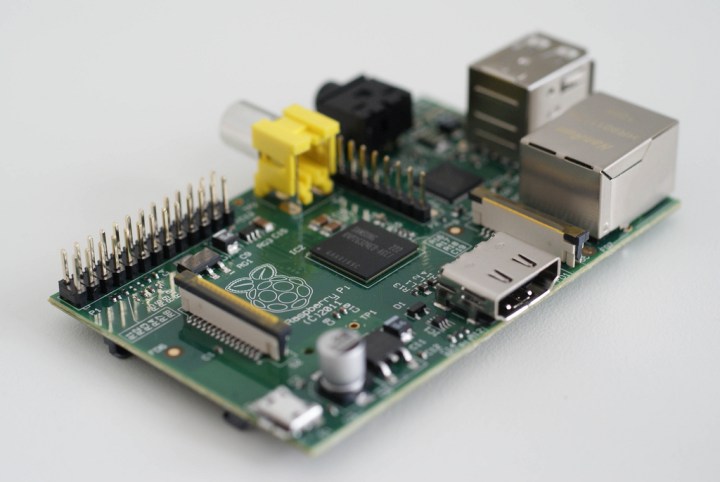
That’s right, Samsung has ported its Tizen 3.0 OS to Raspberry Pi, meaning that with the right tools, you can now create your own versions of the operating system for the tiny dev board.
Though it’s far from a household name here in the states, Tizen has been around since 2012, shipping on a wide array of devices including smartphones, wearables, TVs, and more. Samsung’s goal for this project, as PC World reports, is for curious tinkerers to develop IoT devices that take advantage of the estranged software.
For those unfamiliar, the ever-affordable (as cheap as $5) Raspberry Pi boards have achieved sales in the millions, with many of them being used as tools to produce groundbreaking technology such as robots, wearables, drones, and more. The $35 Pi 2 in particular boasts support for both Raspbian and Ubuntu Linux kernels as well as Microsoft’s Windows 10 IoT Core.
This isn’t the first time, however, that we’re hearing about Samsung trying to port Tizen to Raspberry Pi. In fact, it’s a project that started a few years back, with several beta versions having made their way to market. Fortunately, its development has grown past past that, thanks to tools from Yocto and OpenEmbedded, which now make Samsung’s dream of full-fledged Tizen on Raspberry Pi a reality.
More recently, Tizen was at the heart of the Yocto Linux-based collaboration project’s discussions at the Free and Open Source Developers’ European Meeting, or FOSDEM, towards the latter half of last month. Specifically, the group talked about Tizen for IoT devices.
Maybe this will breathe new life into Samsung’s frequently overlooked mobile operating system. Maybe, but probably not.


